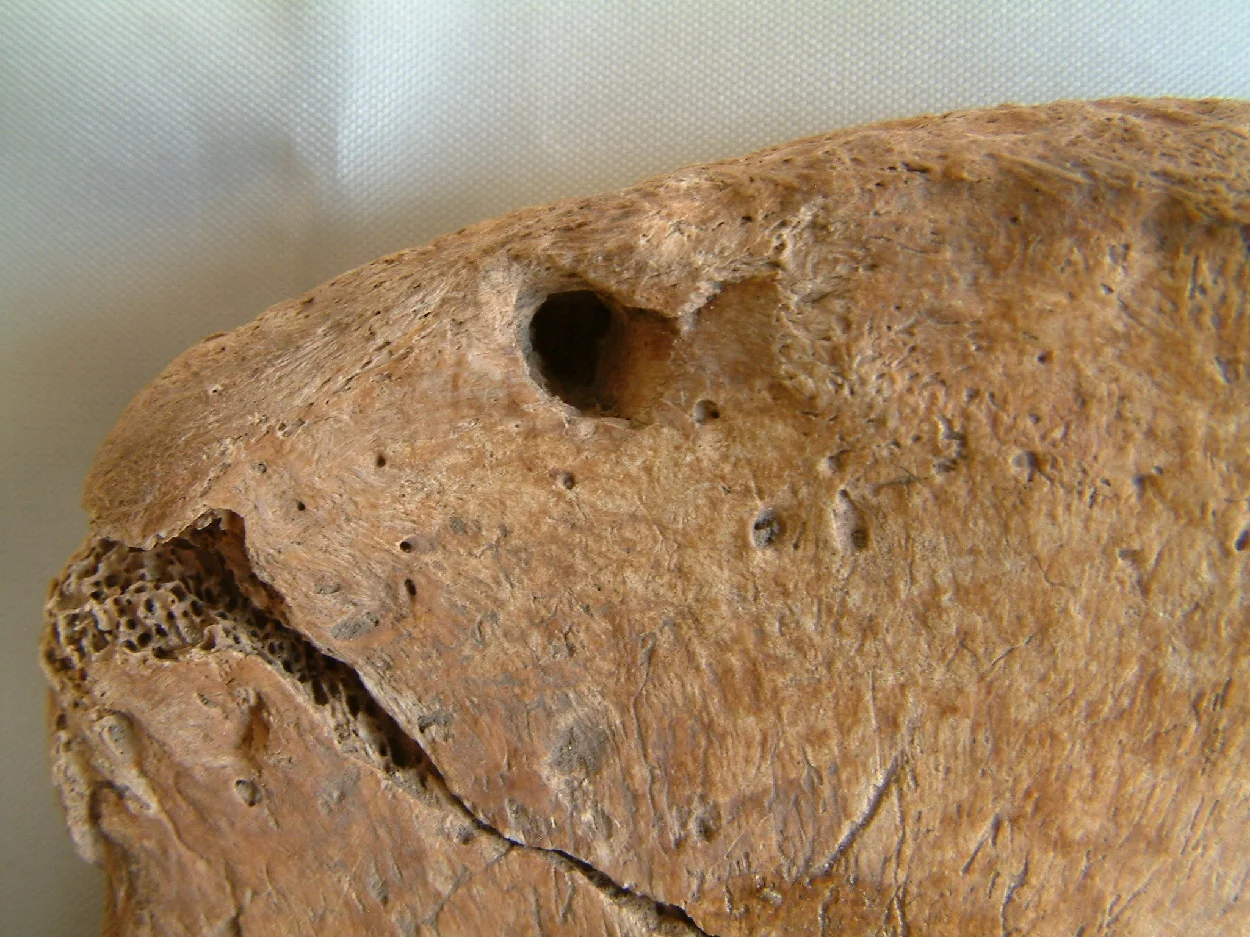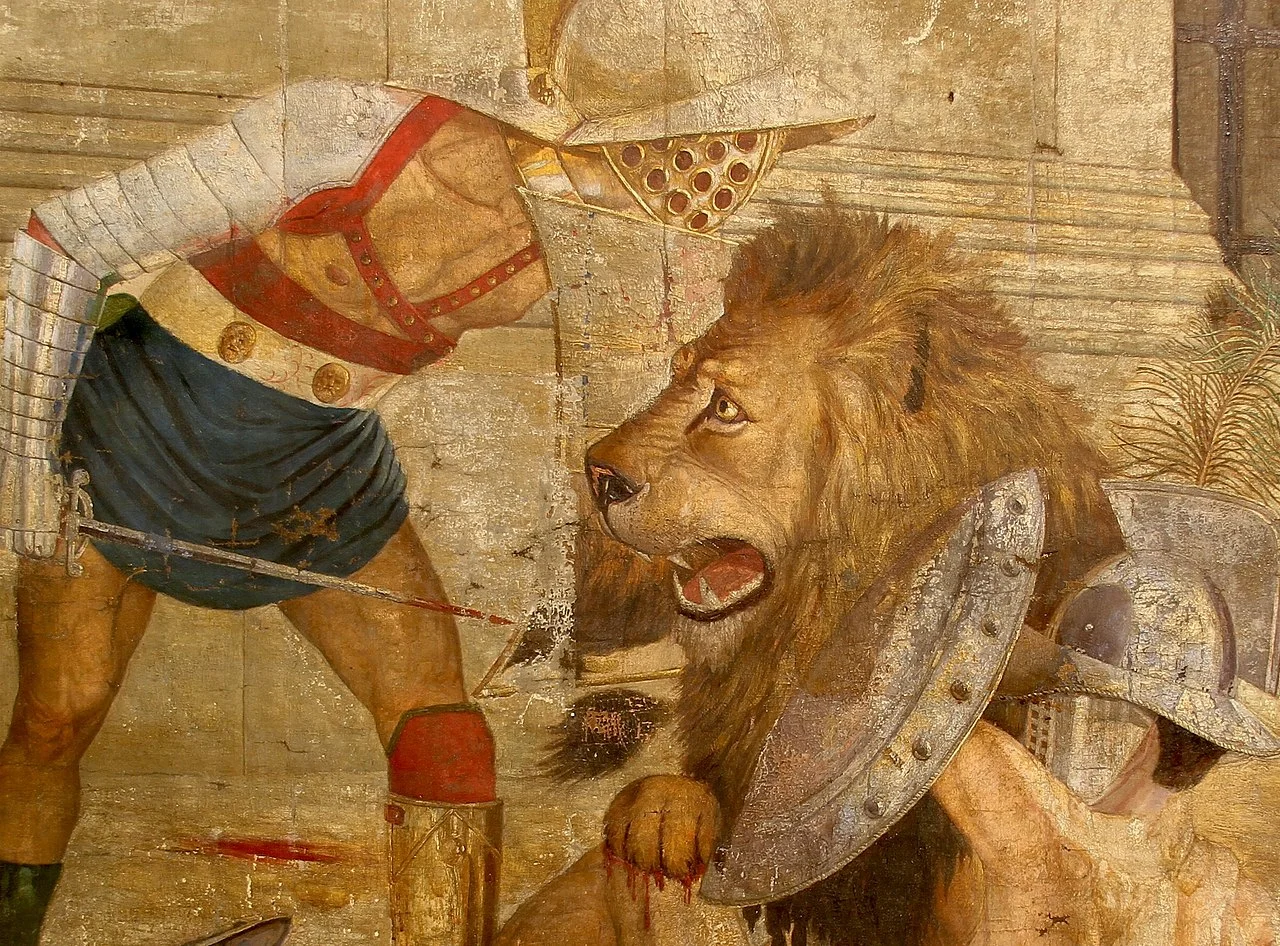A recent study published in PLOS One has identified bite marks on human remains excavated from Driffield Terrace, a Roman cemetery on the outskirts of York, England.
During the Roman period, York (Eboracum) was the largest Roman settlement in northern Britainnia and served as the provincial capital of Britannia Inferior.
Eboracum was founded in AD 71 with the construction of a military fortress (castra), strategically placed at the confluence of the rivers Ouse and Foss. By the 3rd century AD, the city was elevated to the status of a colonia, the highest status of a Roman city.
Between 2004 and 2005, archaeologists from the York Archaeological Trust excavated 82 skeletons and 37 cremation burials at Driffield Terrace, a Roman cemetery dating from the late 1st to the late 4th centuries AD.
The skeletal remains show signs of healed injuries and intense physical strain, suggesting that they were gladiators whose lives were shaped by violent conflict and rigorous training.
A recent analysis of one of the skeletons has revealed evidence of bite marks, indicating he likely died following an encounter with a large carnivore—possibly in the context of gladiatorial combat as a Bestiarius, a class of gladiator who fought wild animals in the arena.

The study found that the bite marks were a match with sample bites taken from a lion. It is believed that the individual was decapitated after death, which appears to have been a ritual for some individuals in the Roman period, although the reasons for this remain unclear.
Malin Holst, lecturer in Osteoarchaeology at the University of York’s Department of Archaeology, and managing director of York Osteoarchaeology, said: “The bite marks were likely made by a lion, which confirms that the skeletons buried at the cemetery were gladiators, rather than soldiers or slaves, as initially thought and represent the first osteological confirmation of human interaction with large carnivores in a combat or entertainment setting in the Roman world.”
“This is a hugely exciting find because we can now start to build a better image of what these gladiators were like in life, and it also confirms the presence of large cats, and potentially other exotic animals, in arenas in cities such as York, and how they too had to defend themselves from the threat of death,” added Holst.
DIG: An Archaeological Adventure in St Saviourgate will host the skeleton as part of its Roman exhibition, which includes a reconstruction of the gladiator’s face.
Header Image Credit : Public Domain
Sources : PLOS One





